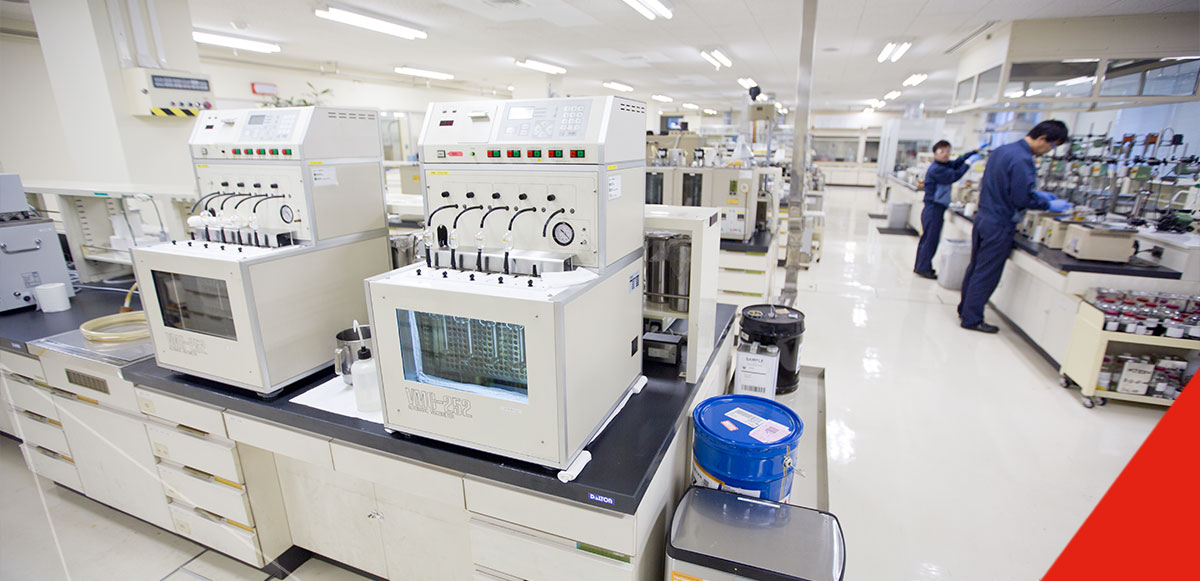Texaco’s LubeWatch Oil Analysis Programme – part three


Maintaining a healthy lubricating system
Fluid monitoring and LubeWatch Oil Analysis are effective methods to help track the health of your lubricating system. However, some issues, such as varnish in turbines, can’t usually be detected until it has already formed. Nevertheless, Membrane Patch Colorimetry (MPC) and particle count testing can help measure oil degradation and potential varnish formation. In addition to regular health checks, look for the following signs of varnish and monitor for changes during your routine maintenance:
- changes in oil colour
- increasing temperatures
- visible varnish deposits
On top of this, other tests can be run to monitor the health of your lubricating system.
Submitting a baseline sample
In some cases, we might ask you to submit a baseline sample. A baseline reference sample is a sample of new or unused product submitted to the laboratory. Submitting a baseline sample allows you to gain an understanding of the starting values of the product in use. It is important that the baseline sample being submitted has not been introduced into a system as this can introduce variables such as commingling, contamination or degradation. Ideally, the sample should be pulled from a verifiable source such as a bulk tank, a tote, a pail, or a bottle.
Submitting lubricant samples for testing
It is important to have an understanding of what the starting values are for your lubricant. The original values will provide a more precise prediction of how the used oil sample should be flagged as the lubricant degrades.
Run Better Longer
For further support, Texaco Lubricants has developed advanced expertise, premium lubricants and targeted programmes for a broad array of industries, to help our customers’ equipment and operations ‘Run Better Longer' (RBL). The RBL Programme is our commitment of business support and reliability.
The information that you provide will help LubeWatch labs conduct appropriate tests to accurately evaluate the used oil or coolant samples and provide tailored recommendations to improve your overall equipment effectiveness. It is therefore important to thoroughly fill out a LubeWatch Oil Analysis request for all samples – particularly on the initial round.
Great care and attention to detail were brought to every aspect of the LubeWatch Oil Analysis Programme development and lab evaluation process in order to bring greater value through accurate and insightful data interpretation. Once we’ve created a detailed profile of your work environment, we can start to utilise the full predictive powers of LubeWatch and build reliability into your day-to-day business.































